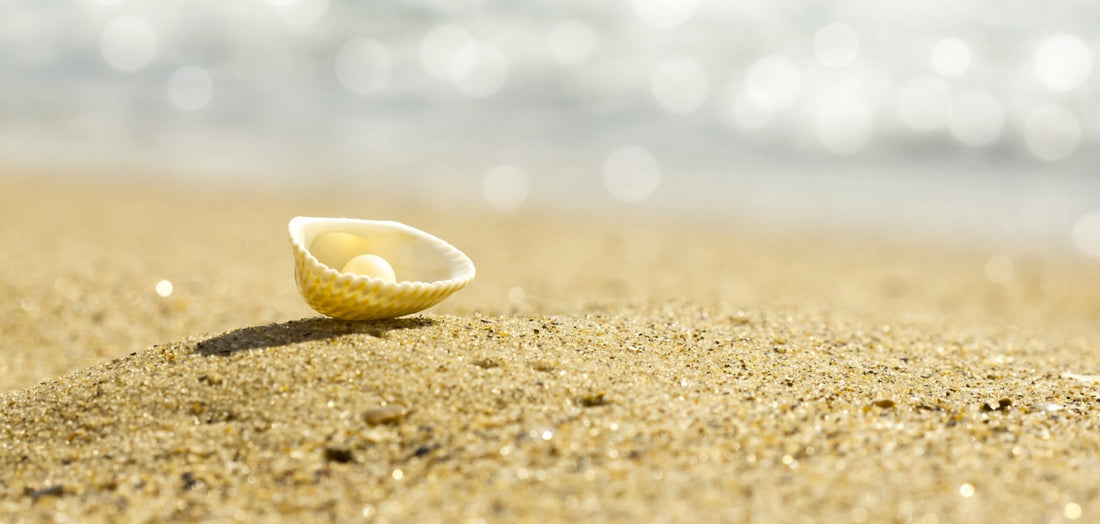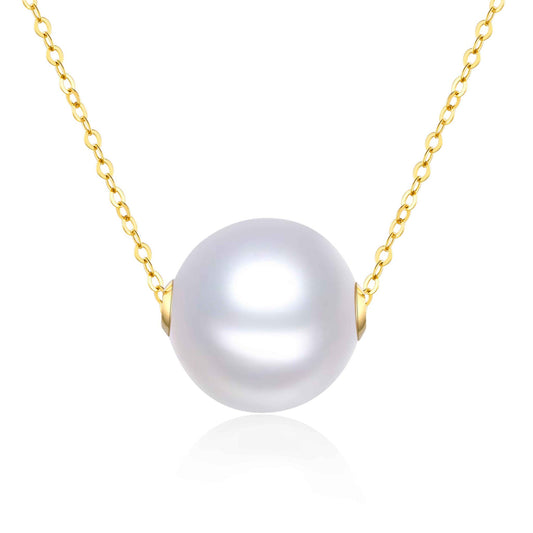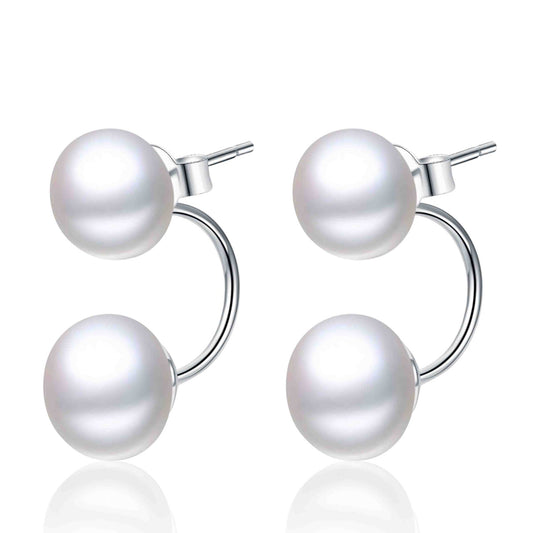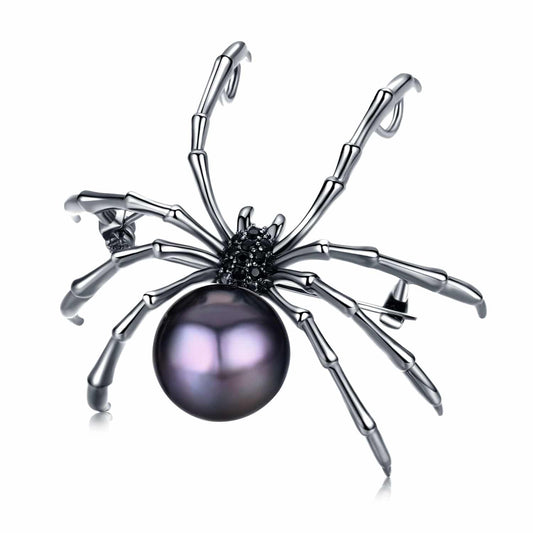
Sustainable Pearl Farming: Raising Baby Oysters
Share
In the early days of pearl farming, oysters or molluscs were simply collected from the oceans which pearl farmers then used to nucleate in order to grow pearls.
As you can imagine, a practice like this is not sustainable. While some pearl farmers still use this method, many farmers now bread their own molluscs.
Fertilization and Oyster Larvae
The first step is to collect eggs and sperm from high-quality molluscs. This is done by placing both male and female molluscs into a water tank. The water temperature will be raised slightly, which will cause the molluscs to spawn. Adult females can release between 5-8 million eggs at one time, but most of these never grow into baby molluscs.
The adult molluscs need to be taken out of the water within an hour, otherwise, they’ll ‘eat’ their own spawn. Molluscs eat by sucking water in through their gills, and if the sperm and eggs are in the water, these will also pass through their gills.
It takes about 24 hours for the sperm to fertilize the eggs and create larvae, also called spats. The larvae are so small that you can’t see it with the naked eye.
The larvae will float freely in the water until they are a few weeks old. At this time, the larvae would attach itself to a rock in the wild, so to mimic this, the farmers will provide collectors for the larvae to attached to.
The larvae take a few months to develop into baby molluscs.
Growing Baby Oysters
Once the larvae developed into baby molluscs, they are then moved into a ‘nursery’. The babies are fed a special plankton mix to maximize their growth and water conditions are controlled to keep them healthy.
It takes about six months for the molluscs to develop hard shells, and between 1.5 and 2 years to grow large enough to be nucleated.
Ready for Nucleation
Now that the babies are all grown up, they’re ready for the next step: Nucleation.
If you’d like to learn more about nucleation and the pearl farming process, you can read all about it in this blog.
Also, check out this blog about the relationship between pearls and the environment and why pearls are the only sustainable gem on earth.
At Timeless Pearl we only partner with pearl suppliers and farmers who take sustainable farming practices seriously, and we’re thrilled to share these beautiful gems with you.



